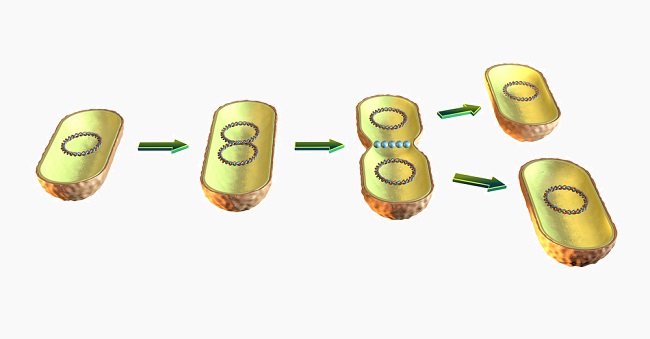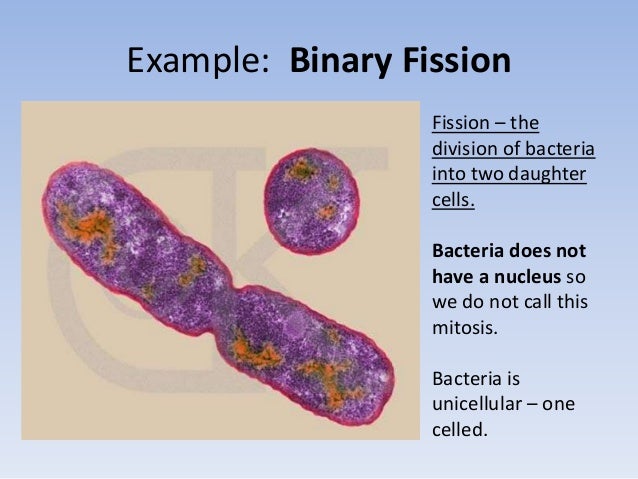

Interphase is followed by the M phase (mitotic phase). G2 phase - This is the second gap phase (first gap phase being G1) characterized by continued cell growth, production of proteins and organelles as well as content re-organization to prepare the cell for mitosis.S phase - This phase is characterized by the development of the DNA molecule in the nucleus as well as the duplication of the centrosome (this is the microtubule structure involved in separating the DNA during mitosis).
 G1 phase - The cell grows in size with an increase in the number of organelles as well as the development of various molecular building blocks required for mitosis. The cell, therefore, undergoes several phases in interphase in order to be ready for mitosis. Once a new cell is formed through mitosis, it has to be ready in order to undergo mitosis and produce new daughter cells as the cycle continues. Rather, it is the preparation phase that precedes mitosis. Interphase - This is not necessarily one of the main stages of mitosis. There are four types of binary fission that include: * In any of the 4 stages, issues may arise resulting in various abnormalities * Movement of chromosome strands to the opposite poles of the cell requires energy * Organelles such as mitochondria also use this method of cell division (binary fission) to increase in number Ultimately, the cell splits along the middle (at the septum) dividing the cell into two new daughter cells, each of which contains nuclear material and other cell organelles. Cell splitting - In this stage, a new cell wall is formed. It is also at this point that the chromosomes completely separate.
G1 phase - The cell grows in size with an increase in the number of organelles as well as the development of various molecular building blocks required for mitosis. The cell, therefore, undergoes several phases in interphase in order to be ready for mitosis. Once a new cell is formed through mitosis, it has to be ready in order to undergo mitosis and produce new daughter cells as the cycle continues. Rather, it is the preparation phase that precedes mitosis. Interphase - This is not necessarily one of the main stages of mitosis. There are four types of binary fission that include: * In any of the 4 stages, issues may arise resulting in various abnormalities * Movement of chromosome strands to the opposite poles of the cell requires energy * Organelles such as mitochondria also use this method of cell division (binary fission) to increase in number Ultimately, the cell splits along the middle (at the septum) dividing the cell into two new daughter cells, each of which contains nuclear material and other cell organelles. Cell splitting - In this stage, a new cell wall is formed. It is also at this point that the chromosomes completely separate. 
Chromosome segregation - In this stage, the cell elongates as a septum forms at the middle (transversely).

This phase is also characterized by the two strands starting to migrate to opposite poles of the cells. This growth is accompanied by an increase in the volume of the cytoplasm with some of the organelles increasing in number.
Cell growth - Following chromosome replication, the cell grows and increases in size in preparation for binary fission. Chromosome replication - The single, circular chromosome is uncoiled and copied to form a new chromosome thus doubling the genetic content. plasmids, ribosome etc) increase in number thus allowing each of the daughter cells to contain approximately equal number of organelles (as well as cytoplasm).īinary fission in prokaryotes can be divided into four main phases that include: This results in the cell increasing in size (length) before ultimately splitting into two.īefore the cell divides into two, cell organelles (e.g. The two molecules then start moving to the opposite poles of the cells as the cell pulls apart. For this reason, they can only reproduce asexually through binary fission, a relatively simple method of reproduction.ĭuring cell division, the DNA molecule of prokaryotes (a single circular chromosome) is first uncoiled before being replicated to produce two chromosomes. For simple organisms like bacteria, cell division (for propagation) is dependent on a form of asexual reproduction known as binary fission.Ĭompared to the cell structure of eukaryotic organisms, the cell structure of prokaryotes (e.g.








 0 kommentar(er)
0 kommentar(er)
